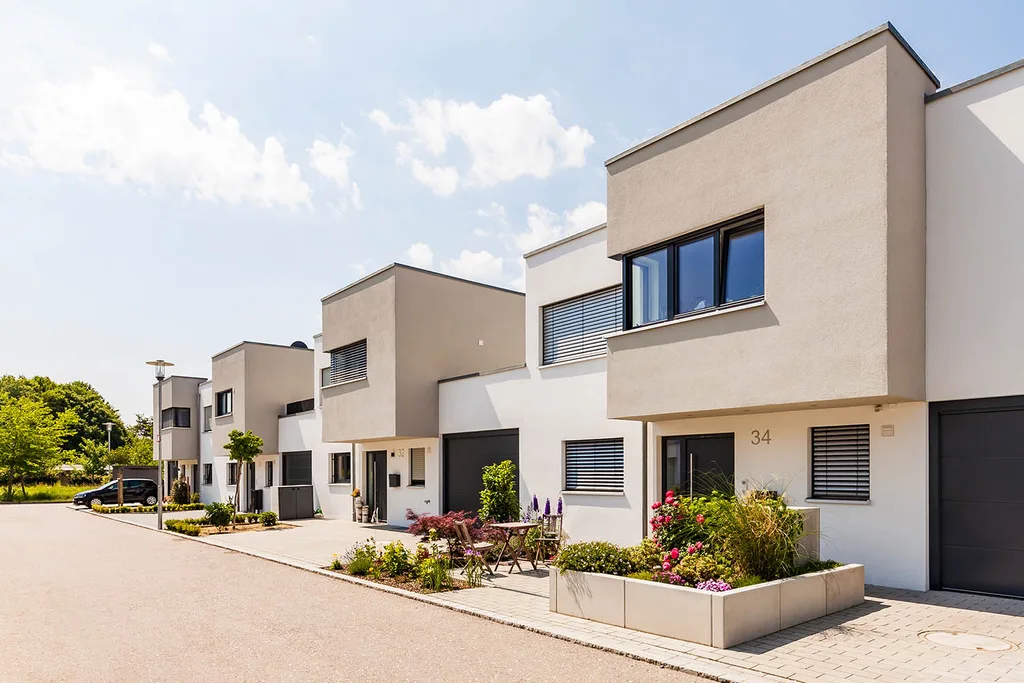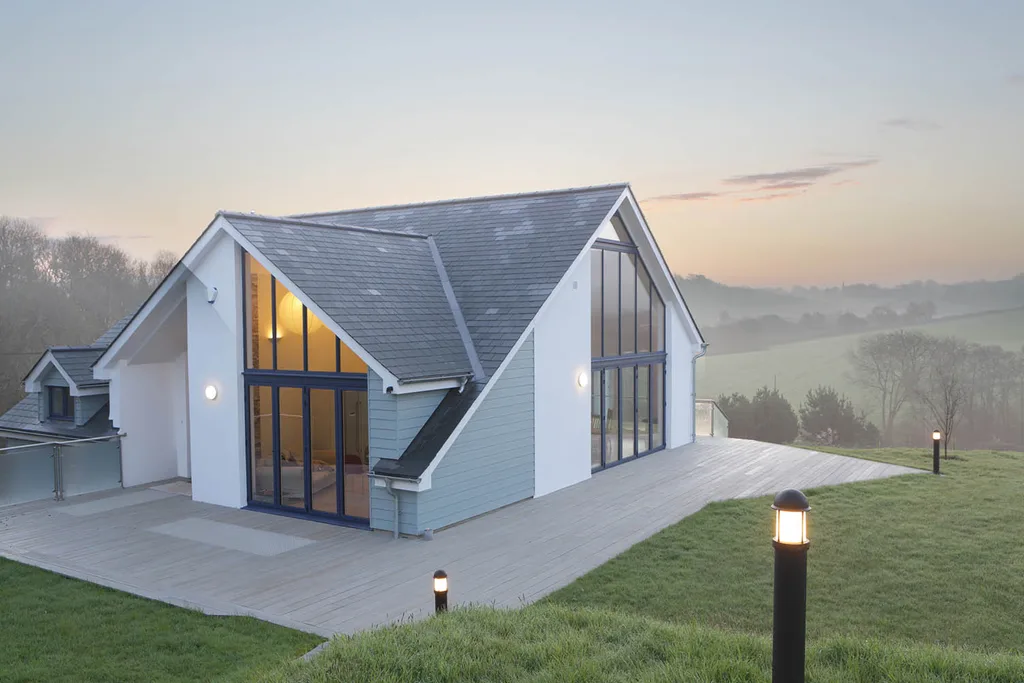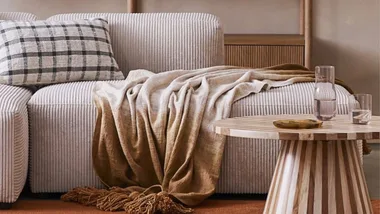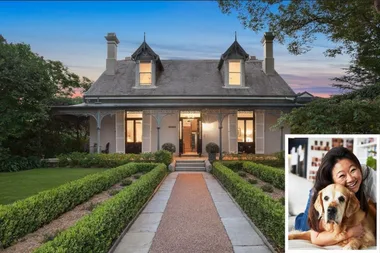It’s no secret that your home will naturally degrade over time, due to weather and regular wear and tear. Thankfully, there are steps you can take to protect your home from the elements, improve your house front design, and raise its property value at the same time.
House rendering is a great way to help you make a lasting first impression on visitors, neighbours, and potential buyers.
What is house rendering?
Rendering—in the context of home improvements—is the process of covering an exterior wall with cement, lime, acrylic, or some other kind of mixture. This protects exposed brick and other construction materials from erosion and cracking; preventing expensive maintenance or repairs down the line.
Rendered brick extends your wall’s lifespan by ten or even twenty years. It stops dampness and moisture from seeping into and damaging your walls, adding a layer of insulation. This keeps your house dry and warm, even in cold or rainy weather.
Choosing to render your exteriors can also completely transform your house’s aesthetic. It hides imperfect brickwork and lends a sleek, modern façade to any home.
Rendering versus plastering versus bagging
Rendering is sometimes used interchangeably with “plastering” and “bagging”, but while they are very similar, these terms refer to different processes.
One Flare states that the main difference between plastering and rendering is that plastering is used mainly for interior walls to prepare it for wallpapering or painting. It uses less cement and fewer coats.
The difference between rendering and bagging is that the latter allows the original textures of the brick wall to still come through. It uses fewer materials and is lighter, cheaper, and easier to DIY. But it is also less smooth and less durable than plastering.
Render My Home advises “your decision will always be based on what factors you value as the home builder or owner”.

How much does it cost to render a house?
When it comes to rendering costs The biggest deciding factor is the size of the wall. The more surface area you have to cover, the more materials you need, and the more money you will spend.
Next is the type of render. Cement rendered homes are standard in the industry. These are tough, affordable, and versatile. You may need to factor in the costs of labour (as cement render is mixed onsite by a professional) as well as the cost of the weatherproof exterior paint.
Acrylic render is slightly more expensive, and according to Perth Bricklaying is rapidly growing in popularity. It comes in pre-mixed formulas that are easy to apply, it is also less likely to crack when temperatures and humidity fluctuate, making it a great option for areas where the climates change drastically throughout the year.
No matter which material you use, rendering is a relatively low-budget way to modernize and improve your home. Hi Pages states the average cost of home rendering ranges from $30-50 per m2.
Can you do it yourself?
Technically, you can render your exterior walls on your own. DIY rendering can be difficult, time-consuming, and expensive in the long run, especially if you don’t have the training or equipment necessary to do a good job. While you may spend more off the bat, hiring a professional contractor saves you from costly mistakes.
What colours can you use?
Traditional house render colours include white, grey, and black, but you don’t have to limit yourself to these options. Pigments can be added to the mix, or you can buy pre-mixed coloured acrylic renders.
Real Estate recommends that you stick to contemporary rendered house colour schemes so that you have a balance of being both modern and classic. You may also need to consider how your exteriors will contrast with your surroundings and neighbouring houses.
You can also combine traditional rendering with timber or brick finishes to create an interesting, textured aesthetic.
House rendering before and after photos
Most contemporary and modern houses are now rendered. As you can imagine, this grand property would look signifigantly more dated in brick or weatherboard than it does with rendering.

In this image you can clearly see the difference between a before and after rendering of a house. It can change the entire look of the property, make it stand out from the rest of the properties on the street and offer your property additional structural support.

You don’t need to render the entire house to give it a new look. Here, you can see part of the house has been rendered while the timber weatherboard acts as a chic design feature. You render over both brick and weatherboard, so this image offers a nice juxtaposition between old and new.

If you want to renovate your home, improve its aesthetic quality, add insulation, and make your exteriors more weather-resistant, then home rendering could be the all-in-one solution you’re looking for.
You might also like:
How to update your home’s exterior for under $20K
The pros and cons of building a new home










